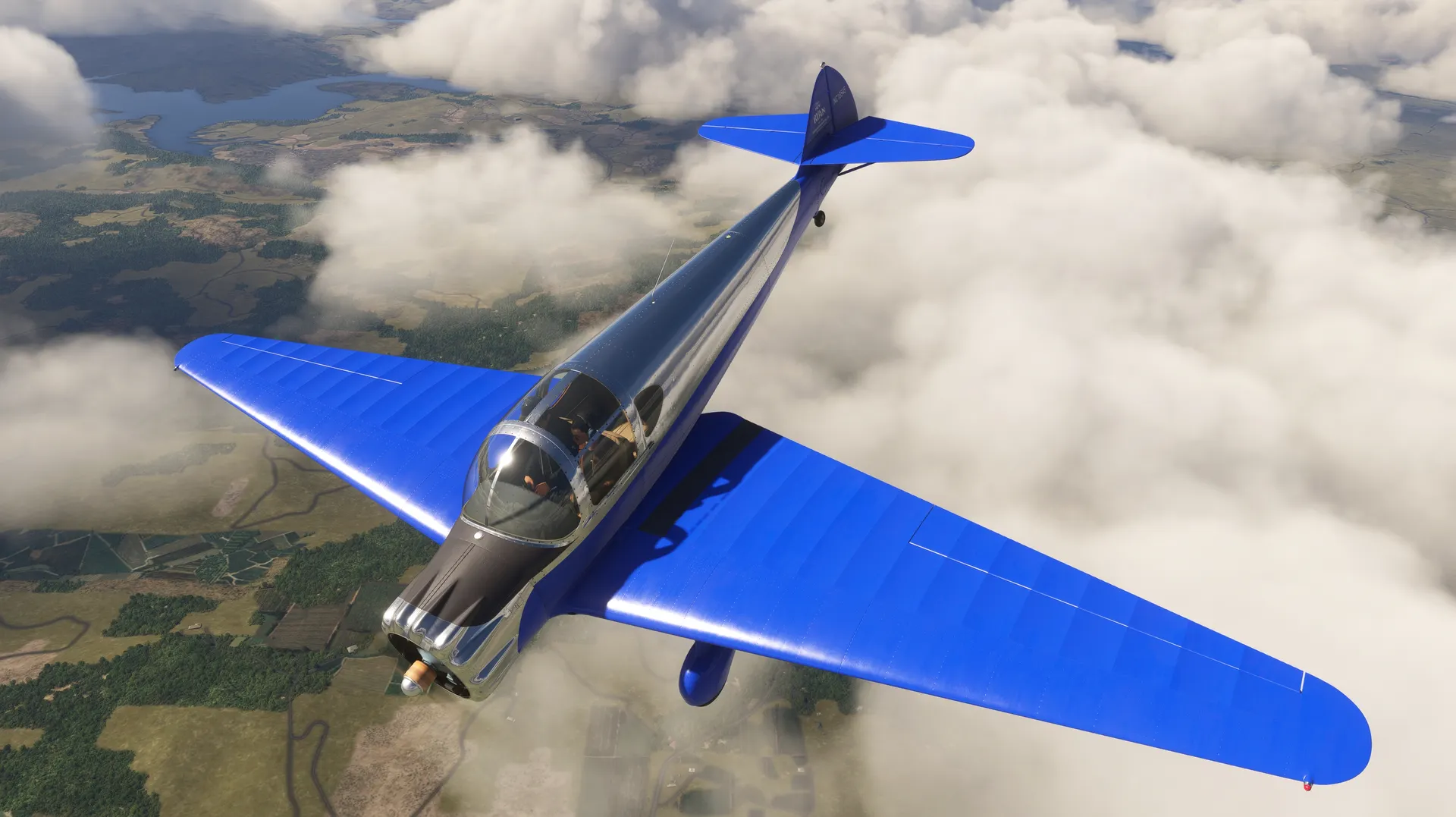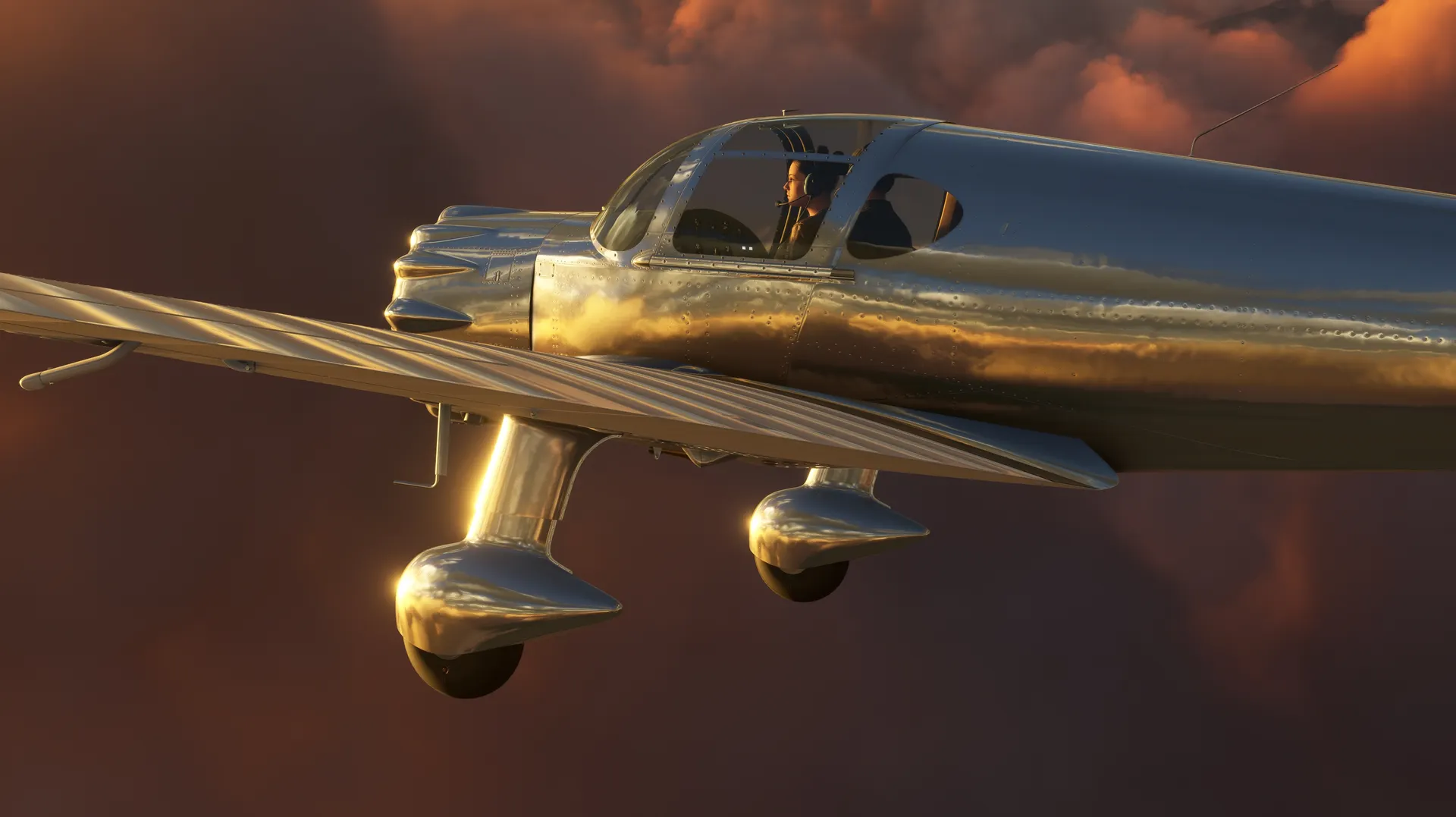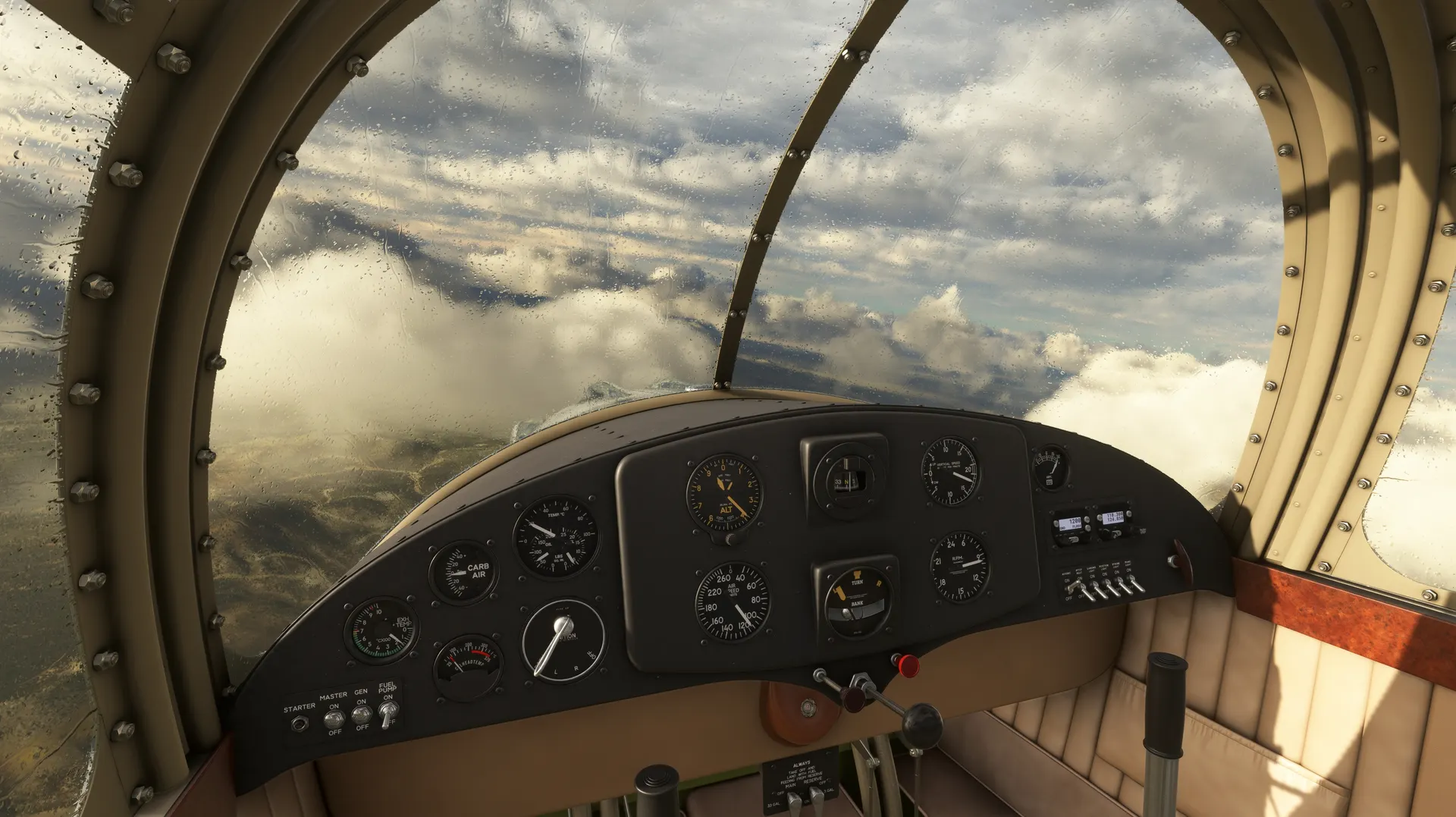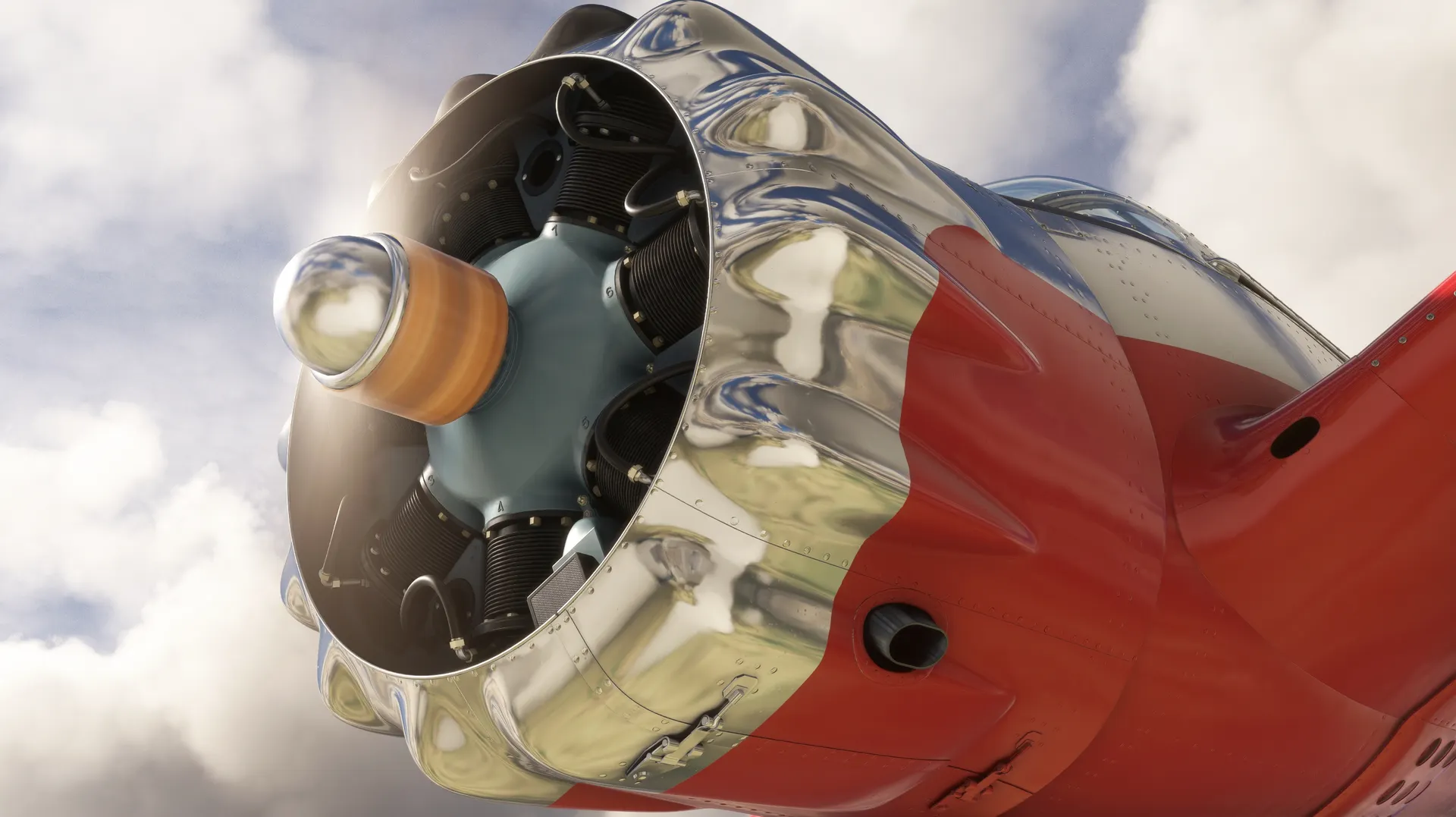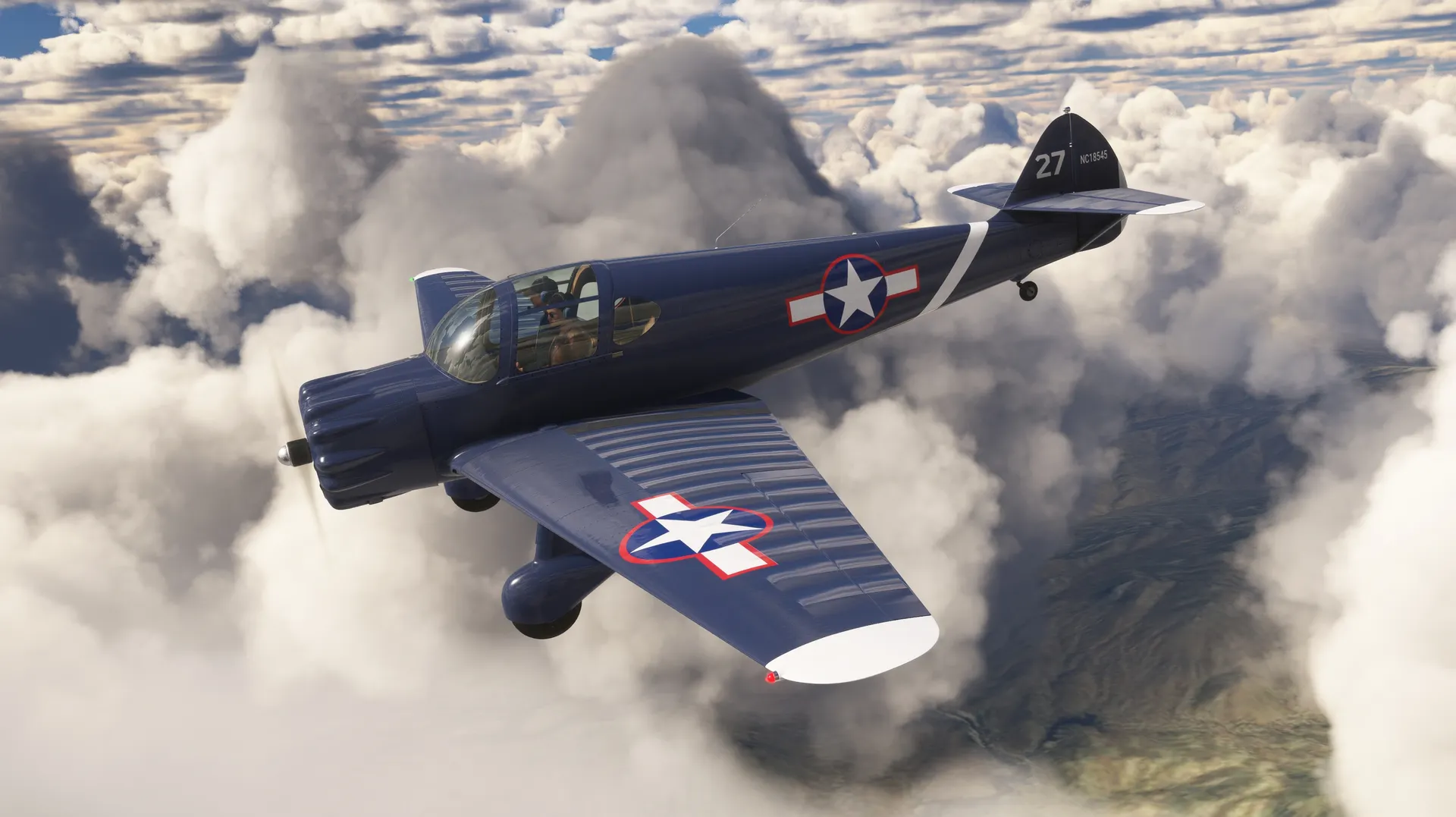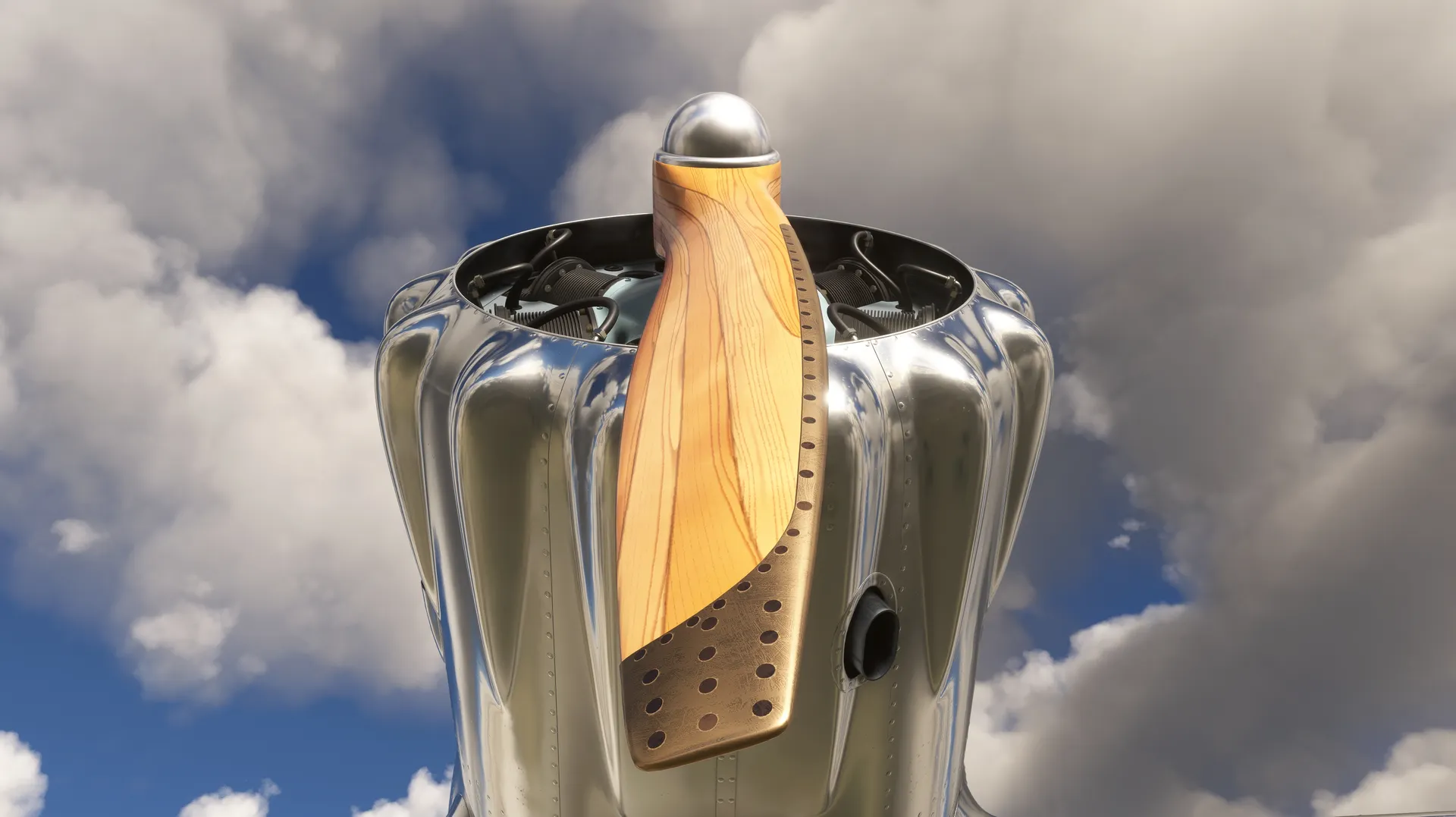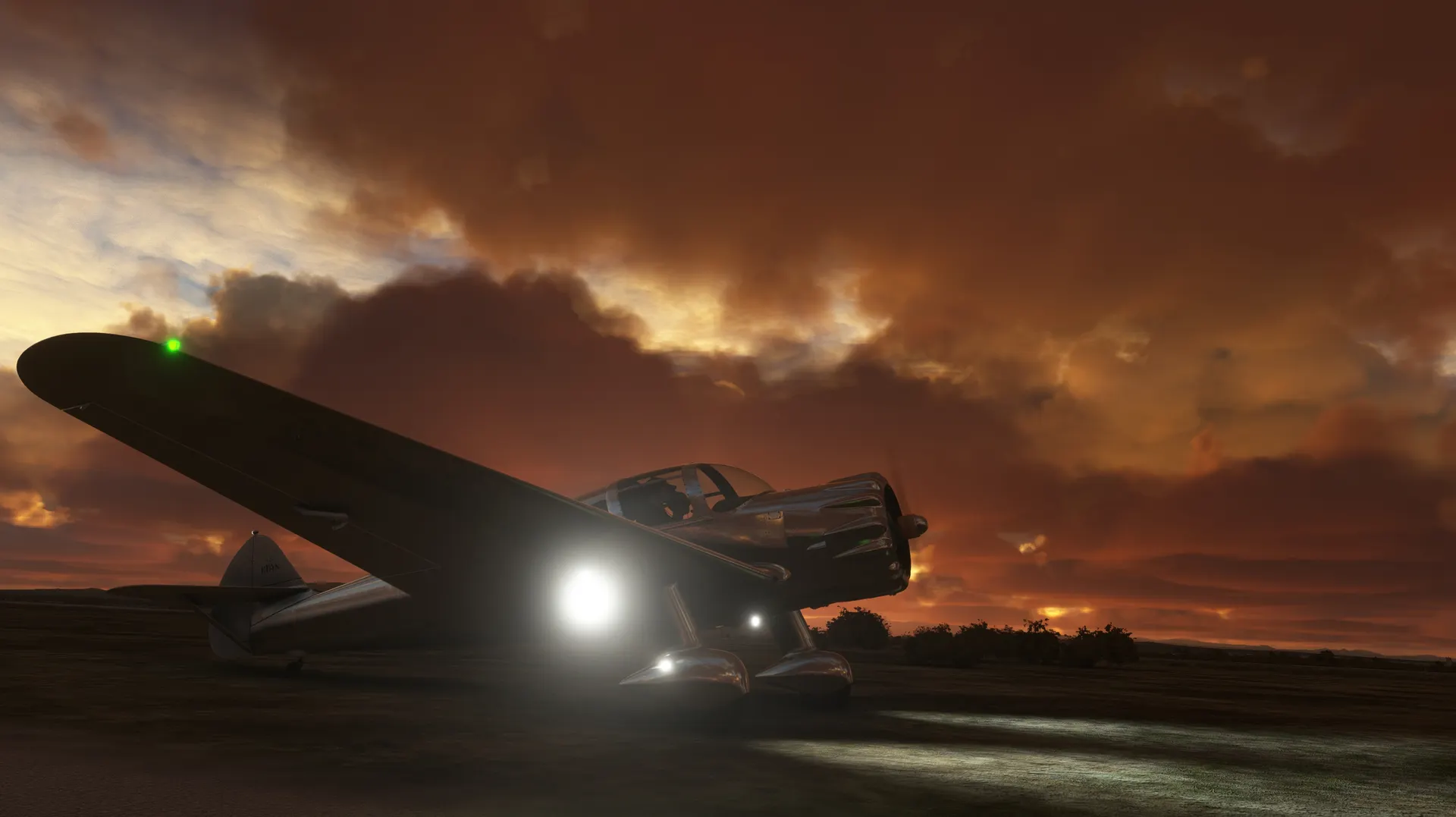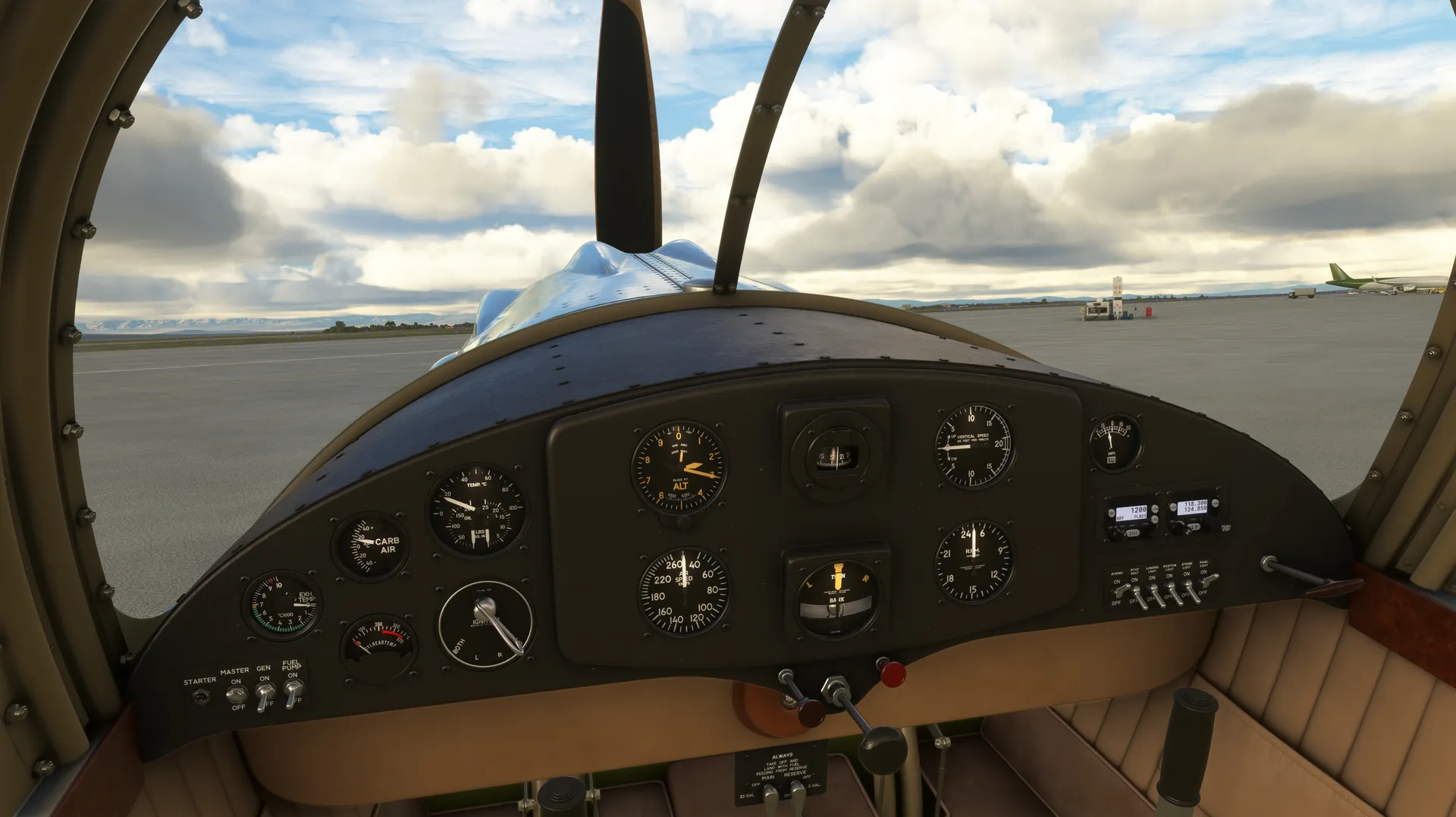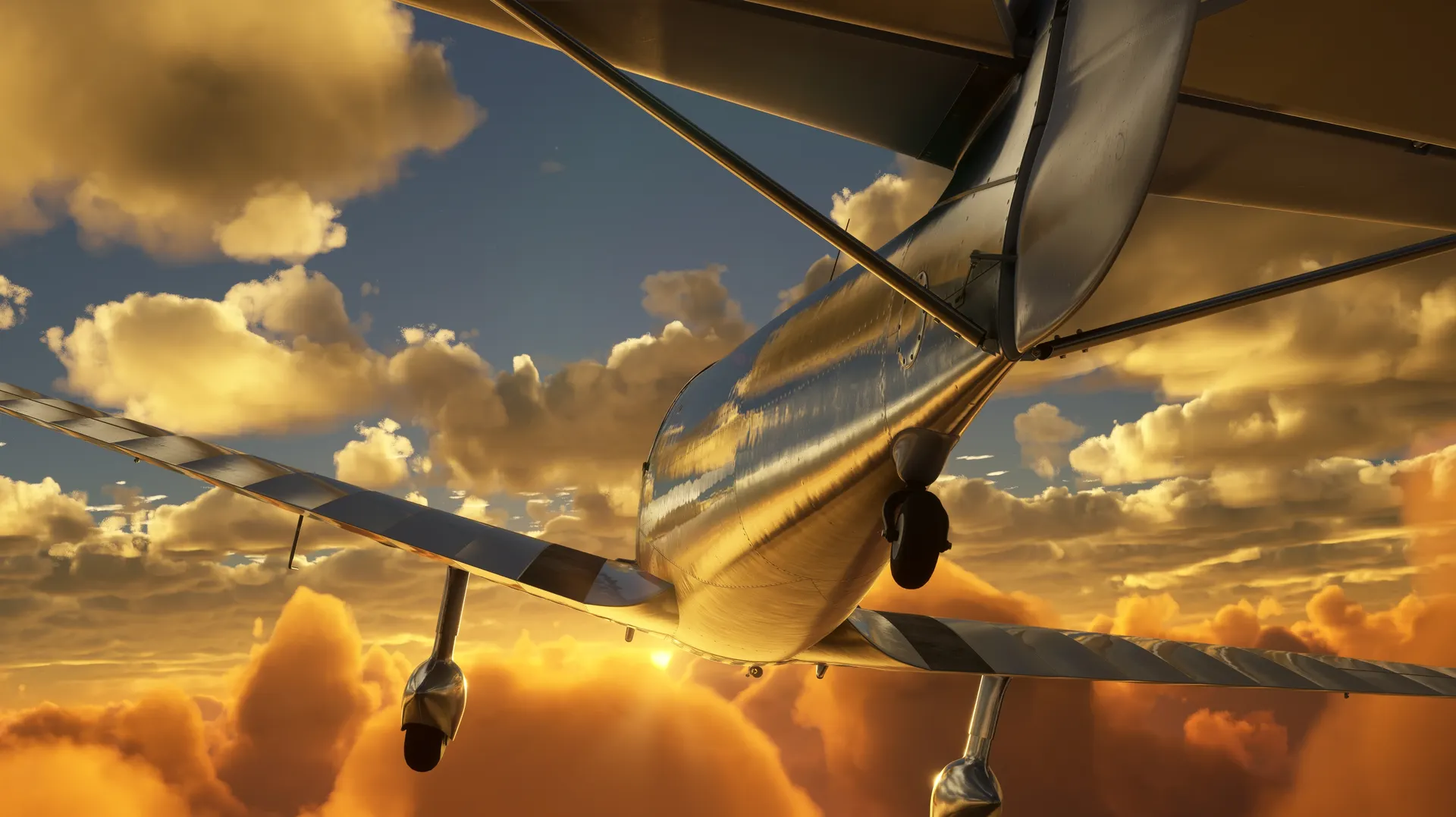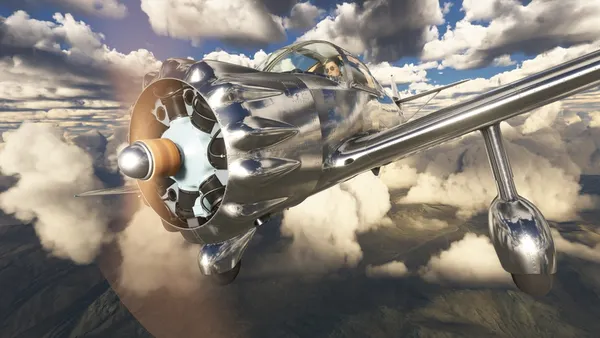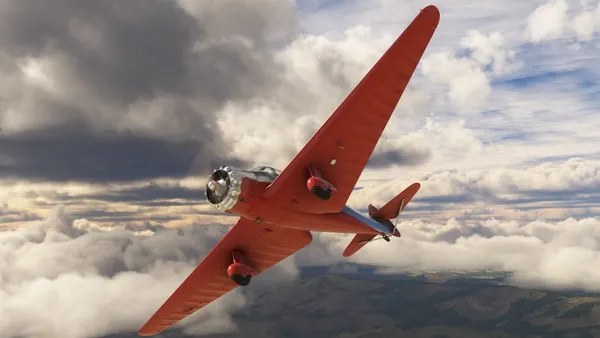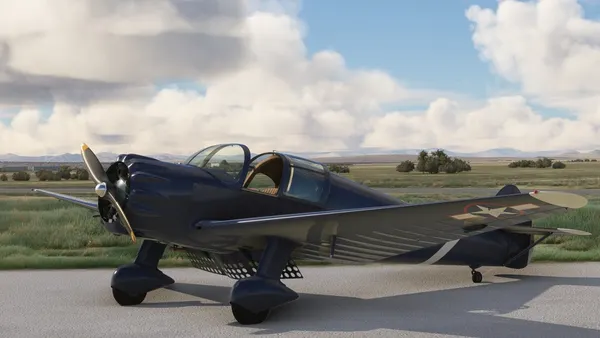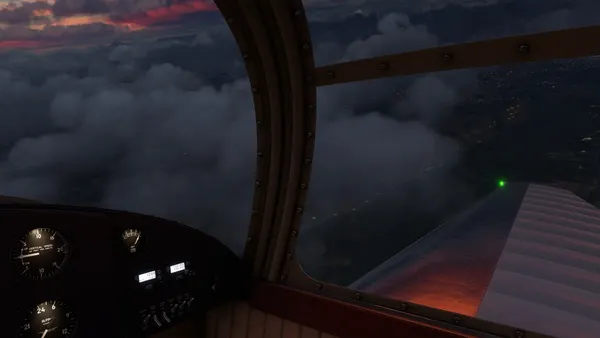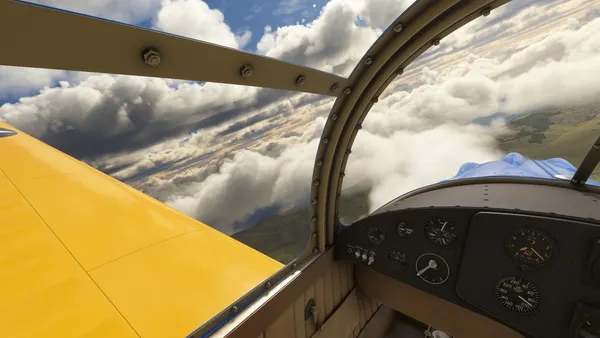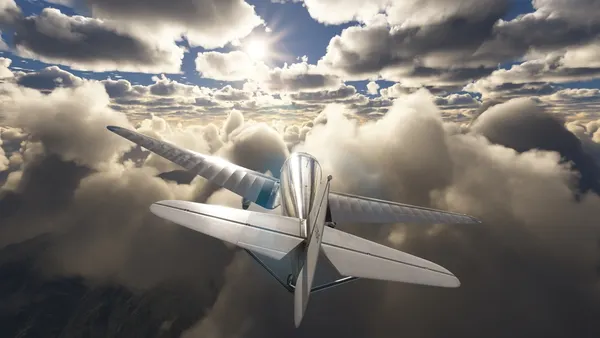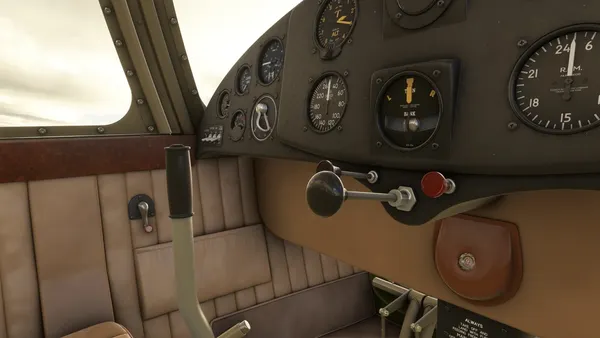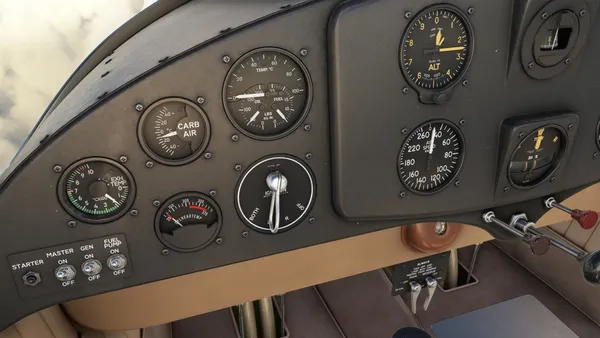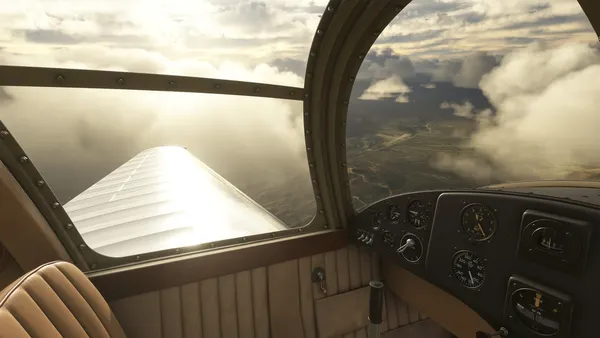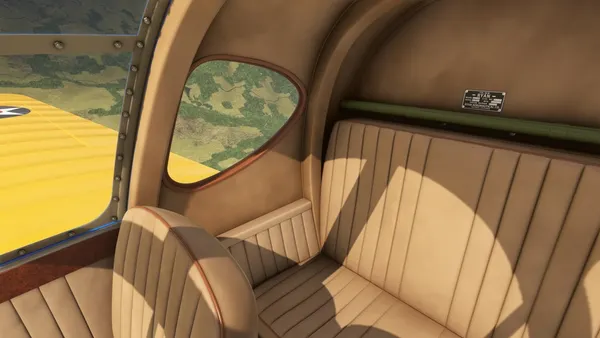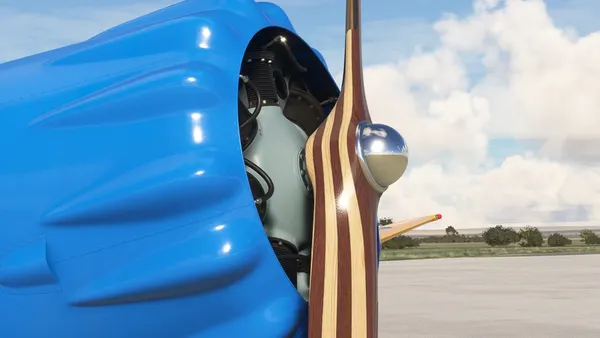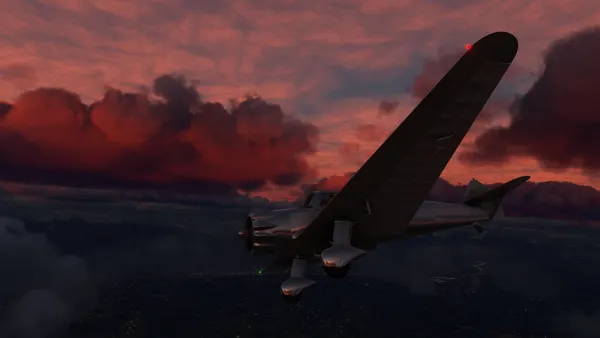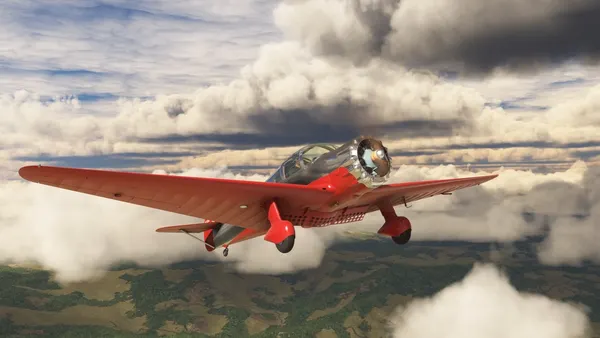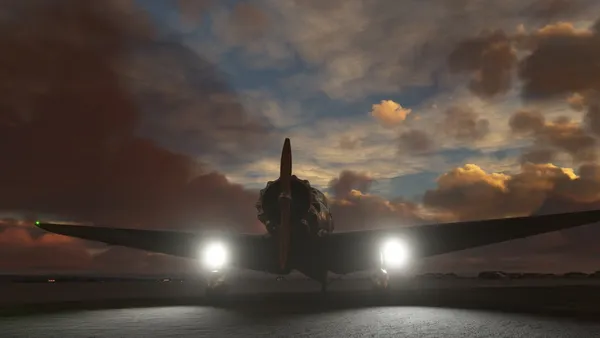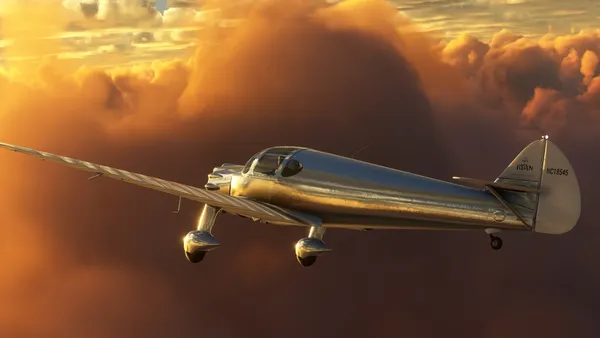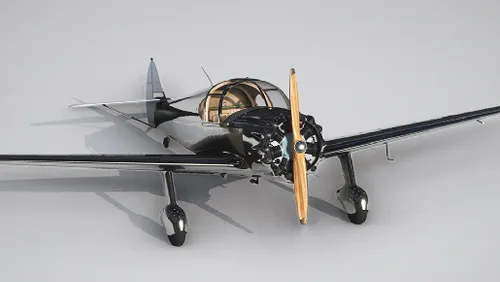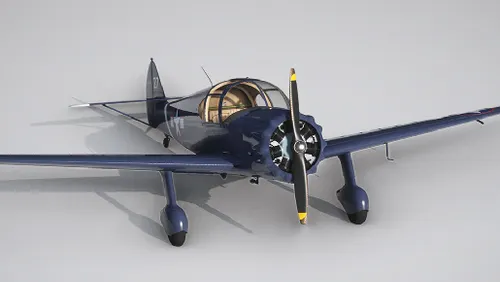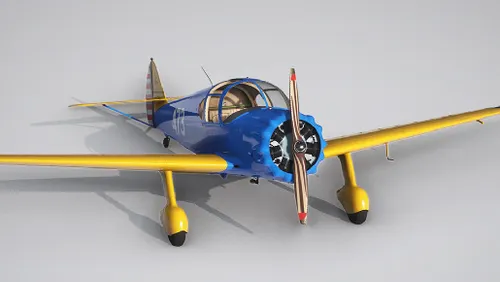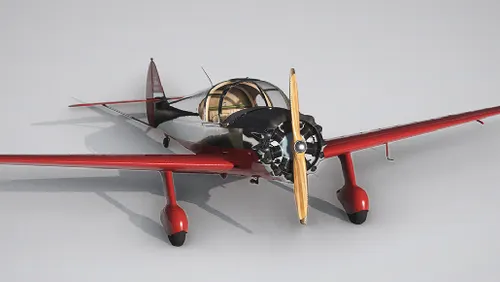- USD 15.49
- View more offers at FS Addon Compare
- Added: July 10, 2025
- Updated: December 19, 2025
The Ryan SCW is a classic three-seat, low-wing monoplane developed in the late 1930s for sport and personal use. Originally designed as an upscale evolution of the Ryan ST trainer, it combined refined engineering with practical elegance, making it a notable in the era of pre-war American aviation.
The aircraft features an all-metal fuselage with a durable stressed-skin structure, reinforced internally in critical areas. While the fuselage is all-metal, the wing combines metal and fabric to save weight and simplify maintenance, and features a distinctive perforated belly flap for better control during descent and landing.
Landing gear is fixed tailwheel type, with welded steel tube construction and oleo-spring shock absorbers, enclosed in streamlined fairings.
A 145-horsepower Warner Super Scarab radial engine gives the SCW smooth handling, reliable performance, and excellent cockpit visibility.
As many as five aircraft were impressed into service with the Civil Air Patrol, the auxiliary of the United States Army Air Forces, for anti-submarine patrol and warfare duties along the U.S. East Coast. They were designated L-10.
